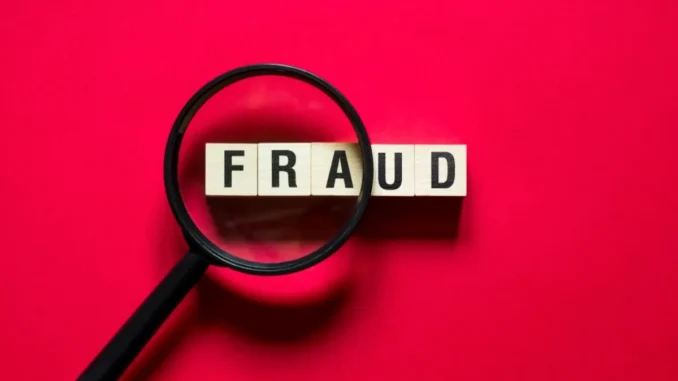
The implementation of more careful loan screening procedures has contributed to lower levels of risk for mortgage fraud. Mortgage application fraud declined 3.1% year-over-year in Q2 of 2023 compared to the second quarter of 2022, according to CoreLogic Mortgage Fraud Report. However, they increased slightly(+1.6%), from Q1 to Q2 2023.
Overall, in the second quarter of 2023, 0.75% of all mortgage applications were estimated to contain fraud, it equates to about 1 in 134 applications.
“Fraud risk levels have been holding steady since last year. The industry continues to have a very high share of purchases compared to refinances, likely driven by rising interest rates,” Bridget Berg, senior leader for loan solutions at CoreLogic said in the report. “The current environment makes errors, delays and repurchases more costly. Ultimately, these factors have spurred many lenders to enact more careful loan screening procedures. Top concerns voiced by clients include false income schemes, undisclosed debt and occupancy misrepresentation.”
CoreLogic measures six types of mortgage fraud: identity fraud, occupancy risk fraud, income fraud risk, transaction fraud risk, property fraud risk and undisclosed real estate debt. Five out of those six mortgage fraud types saw increases year-over-year. The only exception was undisclosed real estate debt, which fell 17.3% since 2022. In Q2 of 2023, the highest risk segment remained two-to-four unit properties, for which roughly one in 28 transactions had indications of fraud. Additionally, purchases in this segment posed a higher risk than refinances.
Another type of mortgage fraud was also on the rise: occupancy misrepresentation. This type of fraud describes a situation in which “an investor identifies an investment property as a primary residence to obtain more favorable rates.” The report found that those suspect occupancy loans nearly tripled since 2020.
New York and Florida are the most exposed to mortgage application fraud risk
While New York and Florida posted year-over-year decreases in mortgage fraud, down 6.23% and 1.08%, respectively, they still remained the top two states for this risk. Connecticut, California and New Jersey followed right after.



